Comparison of Sony and Samsung TVs

Buying a TV is not only a joyful event, but also a complex selection process that depends on many factors, including the budget. Sony and Samsung are currently considered the flagships in the production of multimedia devices.
These two corporations produce reliable and high-quality television equipment, competing with each other. TVs produced under these brands do not belong to the cheap price segment, but their cost justifies itself with high quality and a modern set of functions.

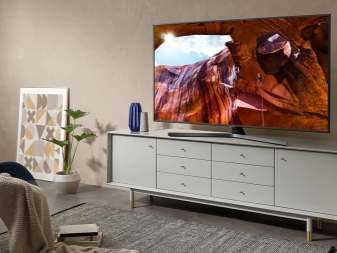
Features of TVs
Both companies produce television equipment using the same type of liquid crystal matrix - LED. This modern technology is always combined with LED backlighting.
But despite the fact that the backlight and the matrix are the same, the methods of their manufacture may differ from each other for each manufacturer.
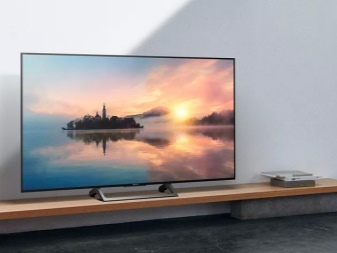
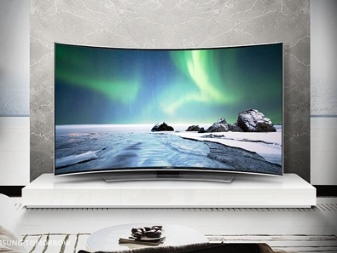
Sony
World famous Japanese brand. For quite a long time, no one could surpass it in quality, although today the company already has strong competitors. Sony assembles television equipment in Malaysia and Slovakia. High quality and modern design have always been the strengths of Sony TVs. In addition, this leading manufacturer pays attention to the modern functionalities with which it provides its products.
Sony TVs are characterized by the fact that they do not use low-grade liquid crystal matrices, and for this reason, there are no models in their product line that have a PLS or PVA display.
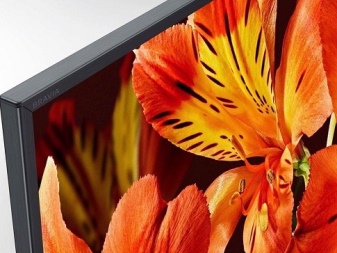
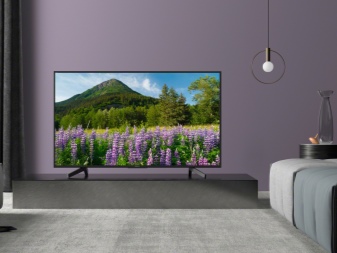
Sony manufacturers use high quality VA type LCDs, which make it possible to display bright colors on the screen in high quality, in addition, the image does not change its quality properties, even if you look at it from any angle. The use of such matrices improves the image quality, but also increases the cost of the TV.
The Japanese Sony uses an HDR backlight system in TVs, with its help the dynamic range is expanded, even the smallest image nuances are clearly visible in both bright and dark areas of the picture.
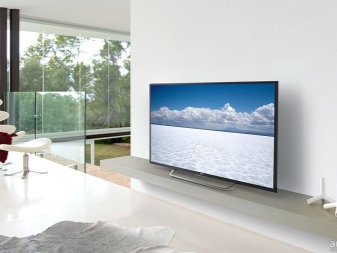
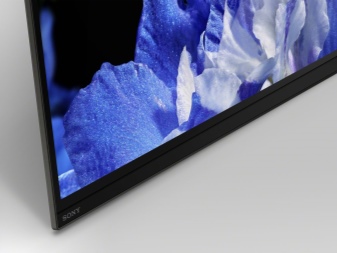
Samsung
The Korean brand, which followed the Japanese Sony, broke into leading positions in the market of multimedia television equipment. Samsung assembles products all over the world, even in the post-Soviet countries there are several divisions of this corporation. This approach allowed us to significantly reduce the cost of production and gain customer loyalty. The build quality of Samsung is quite high, but some models have unnaturally bright colors, which is a design feature that manufacturers are working on and trying to bring this parameter to the proper level.
Most of their models the brand uses PLS and PVA displays. The disadvantage of such screens is that they have a rather limited viewing angle, which is why these TVs are not quite suitable for rooms with a large area. The reason is simple - people sitting at a great distance from the screen and from a certain angle of view will see a distorted perspective of the image. This drawback is especially pronounced in TVs where a PLS-type matrix is used.
In addition, such displays cannot reproduce the entire color spectrum of the image, and the picture quality is reduced in this case.
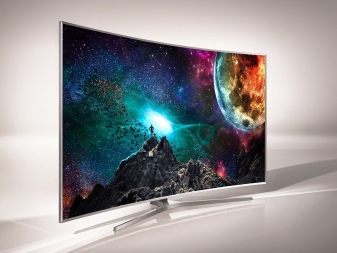

Comparison of characteristics of the best models
It can be difficult for an ordinary consumer to decide which brand is better and what you need to pay attention to in order to compare Sony and Samsung with each other. Modern models of television equipment are equipped with matrices in which the previously used backlight is excluded, since in new generations of matrices, each pixel has the property of being highlighted independently. These technologies allow TVs to deliver clear and rich color to the screen. According to experts, the leading developer in this matter at the moment is the Japanese corporation Sony, which uses the OLED technology developed by it. But in addition to image quality, this development significantly increases the cost of production, since the production process is associated with high production costs. Sony's high-quality OLED TVs are not affordable for all customers, and therefore the demand for them is limited.
Taking part in the competitive struggle, the Korean corporation Samsung has developed its own technology called QLED. Here, semiconductor crystals are used as matrix illumination, which cause a glow when they are exposed to an electric current. This technology has made it possible to significantly expand the range of colors transmitted on the TV screen, including their intermediate shades. Besides, screens made with QLED technology can take a curved shape without losing image quality, but increasing the working angle of view.
In addition to additional comfort, such TVs are 2 and sometimes 3 times more affordable than their Japanese counterparts. Thus, the demand for Samsung TV equipment is significantly higher than for Sony.
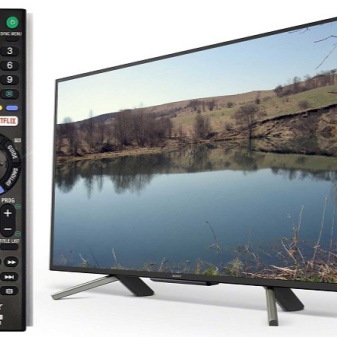
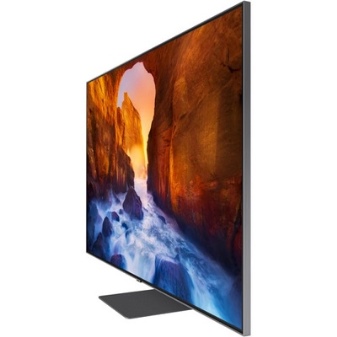
For a comparison of television equipment from Sony and Samsung, we will consider models with a screen diagonal of 55 inches.
Models from the middle price category
Sony model KD-55XF7596
Price - 49,000 rubles. Advantages:
- scales the image to 4K level;
- improved color reproduction and high contrast;
- built-in option for adjusting dimming Local Dimming;
- supports most video formats;
- surround and clear sound, including Dolby Digital recognized;
- there is a Wi-Fi option, a headphone output and a digital audio output.
Disadvantages:
- unreasonably high price level;
- does not recognize Dolby Vision.
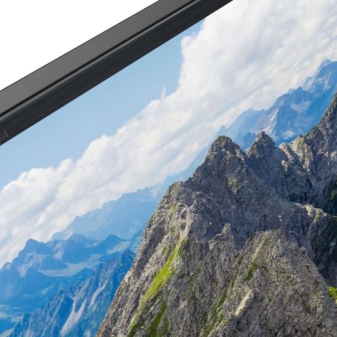
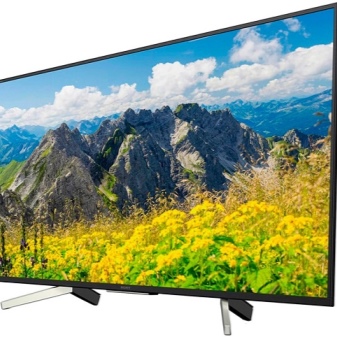
Samsung UE55RU7400U
Price - 48,700 rubles. Advantages:
- used matrix VA with 4K scaling;
- the screen uses LED backlight;
- color rendition and contrast of the image - high;
- can sync with SmartThings app;
- voice control is possible.
Disadvantages:
- does not read some video formats, such as DivX;
- does not have a headphone line-out.
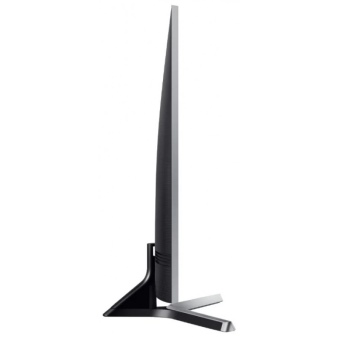
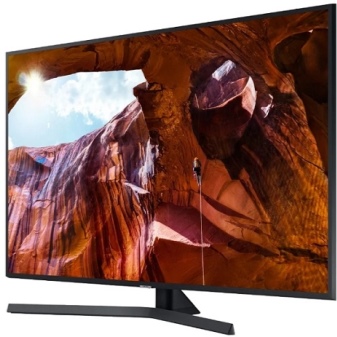
Premium models
Sony KD-55XF9005
Price - 64,500 rubles. Advantages:
- the use of a matrix of type VA with a resolution of 4K (10-bit);
- high level of color rendering, brightness and contrast;
- the Android platform is used;
- supports Dolby Vision;
- there is a USB 3.0 port. and a DVB-T2 tuner.
Disadvantages:
- the built-in player works with slowdown;
- sound of average quality.
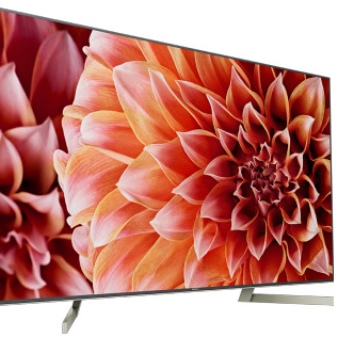

Samsung QE55Q90RAU
Price - 154,000 rubles. Advantages:
- the use of a matrix of type VA with a resolution of 4K (10-bit);
- full-matrix backlight provides high contrast and brightness;
- Quantum 4K processor, game mode available;
- high quality sound;
- can be controlled by voice.
Disadvantages:
- insufficient functionality of the built-in player;
- unreasonably high price.
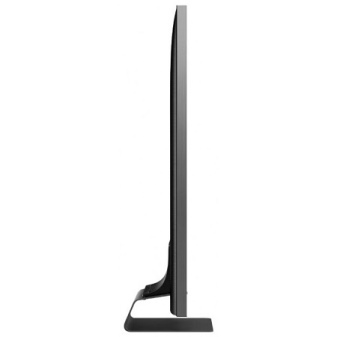
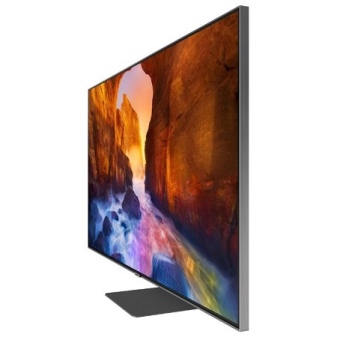
Many modern Sony and Samsung TVs have a Smart TV option, now it can be found even in inexpensive models. Japanese manufacturers are using the Android platform using Google, while Korean engineers have developed their operating system, called Tizen, which is much lighter and faster than the Japanese. For this reason, there are complaints from buyers that the built-in player works slowly in expensive models of Japanese TVs, since Android is heavy and requires additional components that speed up video playback.
In this respect, Samsung has surpassed Sony with its unique designs.... Korean manufacturers do not need to spend money on installing video accelerators, and they make the price of their products significantly lower than Sony, which attracts buyers' attention.
It is possible that the situation will change over time, but for 2019 Samsung shows a significant advantage when compared to Sony, although for some this moment will not be a decisive factor when choosing a model and a TV manufacturer.

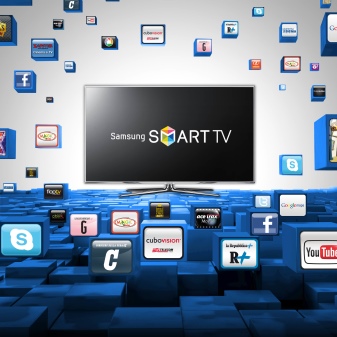
What to choose?
Choosing between the two world leaders in television technology is not an easy task. Both brands have a lot of advantages and are approximately on the same level in terms of functionality and quality of their products. The modern TV viewer has become not enough just the function of watching television programs - televisions of the latest generations have other demanded capabilities.
- Picture-in-Picture option. This means that on the screen of one TV, the viewer can simultaneously watch 2 programs at once, but one TV channel will occupy the main screen area, and the second will only occupy a small window located on the right or left. This option is available on both Sony and Samsung TVs.
- Allshare function. Allows you to sync your tablet or smartphone to display photos or videos on a large TV screen for viewing. Most of all, this feature is inherent in Samsung TVs, and it is less common in Sony models. In addition, Allshare makes it possible to use a smartphone instead of a remote control and use it to remotely control the TV.
- Media player. Allows you to watch videos without buying a separate player. Both Japanese TV and Korean TV have built-in HDMI and USB ports. In addition, memory cards or flash drives can be inserted into the slots, and the TV will recognize them by reading the information.
- Skype and microphone. Premium TVs are equipped with the ability to connect to the Internet, and with their help, through a video camera, you can use Skype and communicate with friends and family, looking at them through the large TV screen.
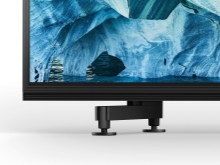
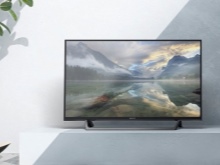

Japanese technologies are in no way inferior to Korean developments, not only in functionality, but also in design. The interface for both manufacturers is clear. When choosing which brand of TV to buy, it is important to study and compare the models, analyzing the availability of useful functions, performance parameters, as well as the quality of sound and picture. Interesting TV design can be found at Samsung, while Sony sticks to traditional classic forms. In terms of depth and clarity of sound, Sony remains the unsurpassed leader here, while Samsung is inferior in this matter. In terms of color purity, both brands equalize their positions, but in some inexpensive Samsung models it can give less bright and deep colors. although in the premium segment, you will not notice the difference between Korean and Japanese TVs.
Both manufacturers have good build quality and have been working reliably for years. If you are an adherent of Japanese technologies and are ready to overpay 10-15% for a brand - feel free to buy a Sony TV, and if you are satisfied with Korean technology and you do not see any reason to pay a lot of money, then Samsung will be the right decision for you. The choice is yours!
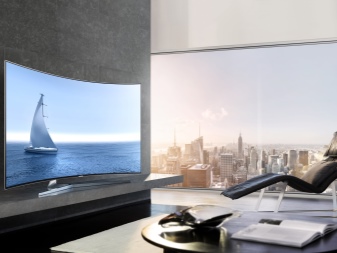
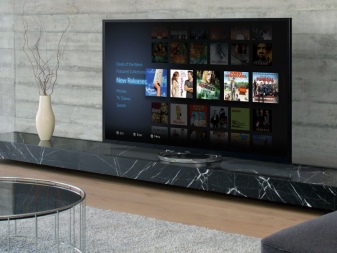
In the next video, you will find a comparison between Sony BRAVIA 55XG8596 and Samsung OE55Q70R TVs.













The comment was sent successfully.